Home>Gardening & Outdoor>Landscaping Ideas>How Does Pampas Grass Spread
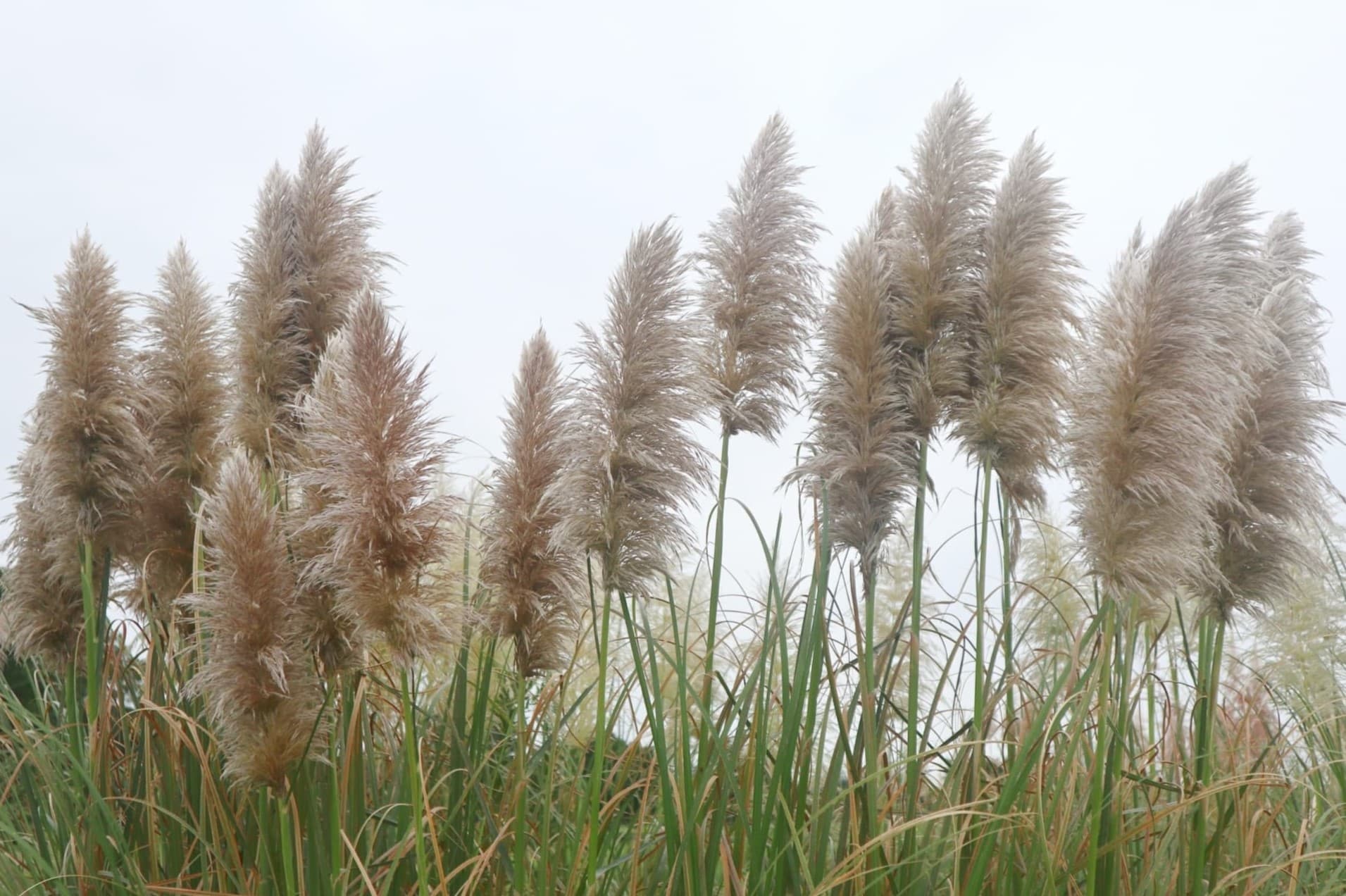

Landscaping Ideas
How Does Pampas Grass Spread
Modified: March 29, 2024
Learn how pampas grass spreads and get landscaping ideas for incorporating this versatile plant into your outdoor space. Discover the best practices for propagation and maintenance.
(Many of the links in this article redirect to a specific reviewed product. Your purchase of these products through affiliate links helps to generate commission for Storables.com, at no extra cost. Learn more)
Introduction
Welcome to the enchanting world of Pampas grass! This stunning plant, known for its feathery plumes and graceful appearance, has garnered immense popularity in landscaping and home decor. As you delve into the realm of Pampas grass, you may find yourself captivated by its beauty and intrigued by its unique characteristics.
In this article, we will embark on a journey to unravel the mysteries of Pampas grass, focusing on its remarkable ability to spread and propagate. From its origins to its reproductive mechanisms, we will explore the fascinating ways in which Pampas grass proliferates and establishes its presence in diverse landscapes.
Join us as we delve into the captivating world of Pampas grass and gain a deeper understanding of how this remarkable plant spreads its roots and thrives in various environments.
Key Takeaways:
- Pampas grass spreads by producing seeds and rhizomes, allowing it to grow in different environments. Its feathery plumes help the seeds travel through wind, animals, and water, expanding its presence far and wide.
- Human intervention has both enhanced and challenged the spread of Pampas grass. While it beautifies landscapes, its introduction to non-native habitats raises concerns about its impact on local ecosystems.
Read more: How Does Buffalo Grass Spread
What is Pampas Grass?
Pampas grass, scientifically known as Cortaderia selloana, is a perennial flowering plant native to the vast grasslands of South America, particularly the Pampas region, from which it derives its name. This majestic grass species is renowned for its towering plumes, which can reach impressive heights of up to ten feet, creating a striking visual display in any landscape.
With its long, slender leaves and iconic feathery inflorescences, Pampas grass exudes an air of elegance and grandeur, making it a sought-after ornamental plant in gardens and outdoor spaces. Its ability to thrive in various climates, coupled with its low maintenance requirements, has contributed to its widespread appeal among gardening enthusiasts and landscapers.
One of the most distinctive features of Pampas grass is its adaptability, as it can flourish in diverse soil types and environmental conditions. Whether adorning the coastal dunes, gracing open fields, or enhancing urban landscapes, Pampas grass stands as a testament to nature’s resilience and beauty.
As a symbol of grace and abundance, Pampas grass has transcended geographical boundaries and has found its place in the realm of interior design and floral arrangements. Its plumes, which come in an array of soft, neutral hues, have become popular elements in decorative bouquets and artistic installations, adding a touch of natural allure to interior spaces.
As we unravel the allure of Pampas grass, we begin to appreciate its multifaceted nature, from its ecological significance in native habitats to its role as a captivating ornamental plant. Now, let’s delve deeper into the intriguing mechanisms through which Pampas grass reproduces and spreads, perpetuating its timeless allure in the natural world.
Reproduction of Pampas Grass
The reproduction of Pampas grass is a fascinating process that showcases nature’s ingenuity and resilience. This perennial grass species employs various reproductive strategies to ensure its continued proliferation and survival in diverse environments.
At the core of Pampas grass’s reproductive prowess lies its ability to produce both seeds and rhizomes, enabling it to propagate through sexual and asexual means. This dual reproductive mechanism equips Pampas grass with a remarkable advantage, allowing it to thrive and expand its presence with remarkable efficiency.
When it comes to sexual reproduction, Pampas grass relies on the development of intricate inflorescences, or plumes, which bear the plant’s seeds. These plumes, characterized by their ethereal beauty and lofty stature, serve as the focal point of the plant’s reproductive cycle. As the plumes mature, they release an abundance of seeds, each equipped with the potential to germinate and give rise to new Pampas grass plants.
Furthermore, Pampas grass exhibits a remarkable capacity for asexual reproduction through its extensive network of rhizomes. These underground stems, which extend horizontally from the parent plant, serve as conduits for the generation of new shoots and roots. As the rhizomes proliferate beneath the surface, they give rise to clusters of interconnected Pampas grass plants, forming dense colonies that contribute to the plant’s expansive spread.
By harnessing the power of both sexual and asexual reproduction, Pampas grass demonstrates its adaptability and resilience, ensuring the perpetuation of its lineage across diverse landscapes. Whether through the dispersal of seeds by the wind or the proliferation of rhizomes beneath the soil, Pampas grass employs a comprehensive approach to reproduction, cementing its status as a formidable presence in the natural world.
As we marvel at the intricate mechanisms through which Pampas grass reproduces, we gain a deeper appreciation for the plant’s tenacity and capacity for regeneration. Now, let’s explore the fascinating process of seed dispersal, shedding light on how Pampas grass spreads its influence far and wide, shaping the tapestry of the environments it inhabits.
Pampas grass spreads through its seeds, which are dispersed by the wind. To prevent its spread, regularly remove the seed heads before they mature and spread.
Seed Dispersal
The process of seed dispersal plays a pivotal role in the expansion and colonization of Pampas grass across diverse ecosystems. Through a series of ingenious mechanisms, Pampas grass ensures that its seeds are transported far and wide, facilitating the establishment of new populations in distant locales.
One of the primary methods of seed dispersal employed by Pampas grass is through the utilization of wind. The plumes, or inflorescences, of Pampas grass are adorned with an abundance of seeds, each equipped with feathery appendages that facilitate their aerial journey. As the wind gusts through the landscape, it carries the lightweight seeds aloft, enabling them to travel considerable distances before finding a suitable landing spot. This method of dispersal allows Pampas grass to colonize new territories, expanding its reach beyond its current boundaries.
In addition to wind dispersal, Pampas grass seeds may also hitch a ride on the fur or feathers of animals, further enhancing their chances of reaching new environments. Whether adhering to the fur of mammals or nestled within the plumage of birds, these seeds embark on a passive yet effective journey, leveraging the mobility of wildlife to access distant habitats.
Moreover, water serves as a conduit for seed dispersal in the case of Pampas grass growing near water bodies. The buoyant nature of the seeds facilitates their transportation across water surfaces, allowing them to reach distant shores and establish new footholds in riparian habitats.
As the seeds of Pampas grass embark on their dispersal journey, they carry with them the potential to germinate and flourish in a myriad of environments. Their resilience and adaptability enable them to overcome geographical barriers, ensuring the perpetuation of Pampas grass populations across diverse landscapes.
By harnessing the forces of wind, wildlife, and water, Pampas grass orchestrates a symphony of dispersal, sowing the seeds of its legacy in far-reaching corners of the natural world. As we witness the remarkable strategies through which Pampas grass spreads its influence, we gain a profound understanding of its capacity to shape and enrich the ecosystems it inhabits.
Now, let’s delve into the intriguing realm of human intervention and its impact on the proliferation of Pampas grass, shedding light on the complex dynamics between this captivating plant and human interactions.
Human Intervention
Human intervention has significantly influenced the spread and cultivation of Pampas grass, shaping its presence in various landscapes and ecosystems. As an ornamental plant prized for its striking appearance and low-maintenance nature, Pampas grass has captured the attention of gardeners, landscapers, and enthusiasts, leading to deliberate efforts to introduce and cultivate it in diverse settings.
One of the primary avenues through which human intervention has impacted the proliferation of Pampas grass is through intentional planting and landscaping. With its resplendent plumes and graceful demeanor, Pampas grass has found favor as a decorative element in gardens, parks, and public spaces. Its ability to thrive in a range of climates and soil conditions has made it a popular choice for enhancing landscapes and adding a touch of natural elegance to outdoor environments.
Furthermore, the horticultural trade has played a pivotal role in the dissemination of Pampas grass, facilitating its distribution to regions far beyond its native habitats. Nurseries and botanical gardens have contributed to the widespread availability of Pampas grass, enabling individuals and organizations to incorporate this captivating plant into their landscaping endeavors.
However, the introduction of Pampas grass into non-native habitats has raised concerns regarding its potential invasiveness and ecological impact. In regions where Pampas grass is not indigenous, its prolific growth and robust reproductive abilities have led to its classification as an invasive species, posing a threat to native flora and disrupting established ecosystems. Efforts to manage and control the spread of Pampas grass in such contexts have become imperative to mitigate its ecological repercussions.
It is essential for individuals and organizations to exercise caution and mindfulness when introducing Pampas grass into new environments, considering the potential implications for local ecosystems and biodiversity. Responsible cultivation practices and informed decision-making can help strike a balance between harnessing the beauty of Pampas grass and safeguarding the integrity of natural habitats.
As we navigate the intricate interplay between human intervention and the proliferation of Pampas grass, we gain insights into the complexities surrounding the cultivation and management of this captivating plant. Now, let’s reflect on the multifaceted journey we’ve embarked on, celebrating the enduring allure of Pampas grass and its remarkable capacity to thrive amidst the dynamic tapestry of the natural world.
Read more: How Tall Does Pampas Grass Grow
Conclusion
Our exploration of Pampas grass has unveiled a captivating tapestry of resilience, reproduction, and human interaction, showcasing the plant’s enduring allure and ecological significance. From its origins in the vast grasslands of South America to its widespread presence in diverse landscapes, Pampas grass stands as a testament to nature’s ingenuity and adaptability.
As we delved into the intricate mechanisms of Pampas grass reproduction, we marveled at its dual strategy of sexual and asexual propagation, underscoring its capacity for regeneration and expansion. The elegant plumes, adorned with an abundance of seeds, serve as vessels of potential, carried far and wide by the forces of wind, wildlife, and water to establish new colonies and perpetuate the plant’s legacy across the natural canvas.
Human intervention has intricately woven its influence into the narrative of Pampas grass, shaping its presence in gardens, landscapes, and ecosystems. While the deliberate cultivation of Pampas grass has adorned outdoor spaces with its ethereal beauty, the unintended consequences of its introduction into non-native habitats have sparked conversations about responsible stewardship and the preservation of ecological balance.
As we navigate the complexities surrounding the cultivation and management of Pampas grass, we are called to embrace a holistic approach that celebrates the plant’s aesthetic appeal while safeguarding the integrity of native ecosystems. Mindful consideration and informed decision-making can pave the way for harmonious coexistence, allowing Pampas grass to enchant and enrich landscapes without compromising the ecological harmony of its surroundings.
In conclusion, Pampas grass beckons us to appreciate the intricate dance of nature, where resilience, reproduction, and human interaction converge to shape the ever-evolving tapestry of the natural world. Its feathery plumes, swaying in the breeze, serve as a timeless reminder of nature’s enduring beauty and the interconnectedness of all living beings within the intricate web of life.
As we bid adieu to this captivating journey, may the allure of Pampas grass continue to inspire awe and reverence for the boundless wonders of the natural world, inviting us to cherish and safeguard the delicate balance that sustains the tapestry of life.
Frequently Asked Questions about How Does Pampas Grass Spread
Was this page helpful?
At Storables.com, we guarantee accurate and reliable information. Our content, validated by Expert Board Contributors, is crafted following stringent Editorial Policies. We're committed to providing you with well-researched, expert-backed insights for all your informational needs.

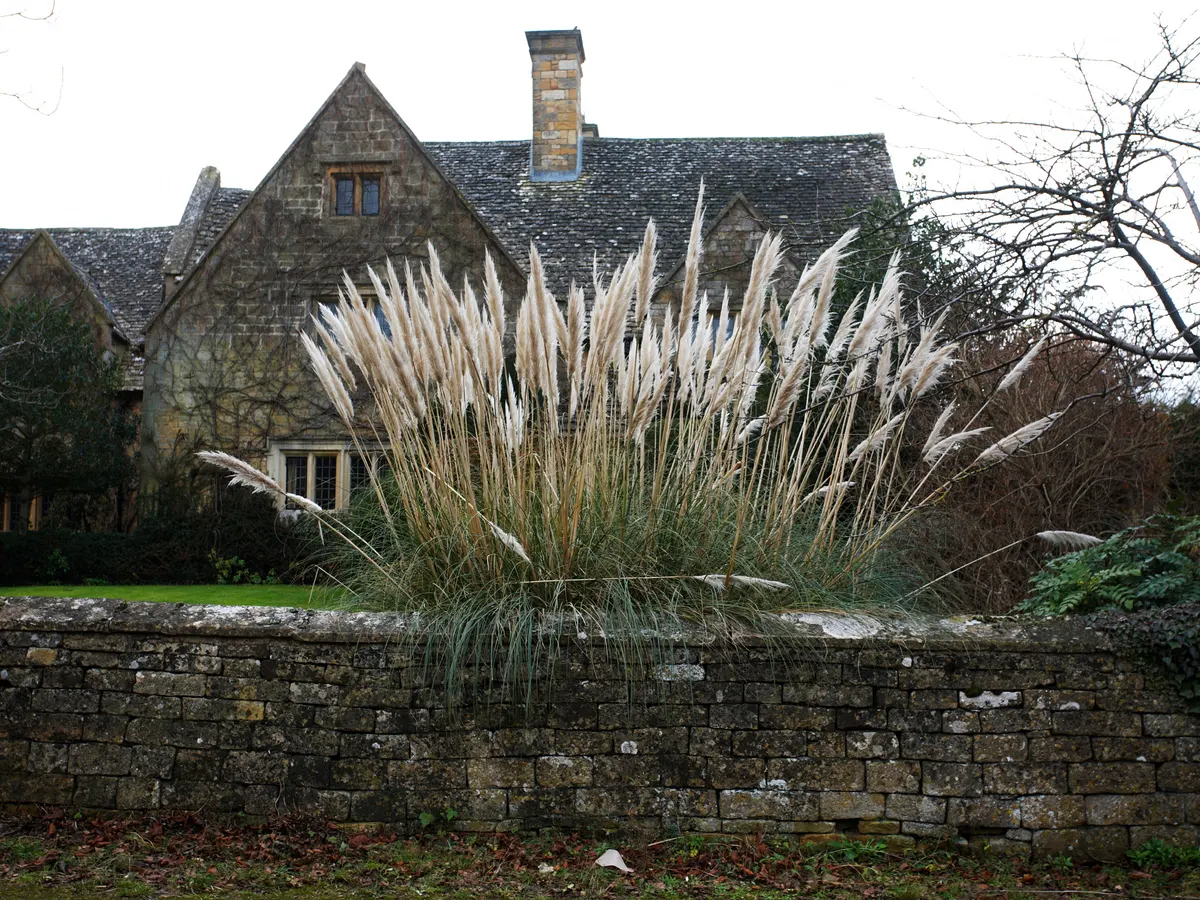
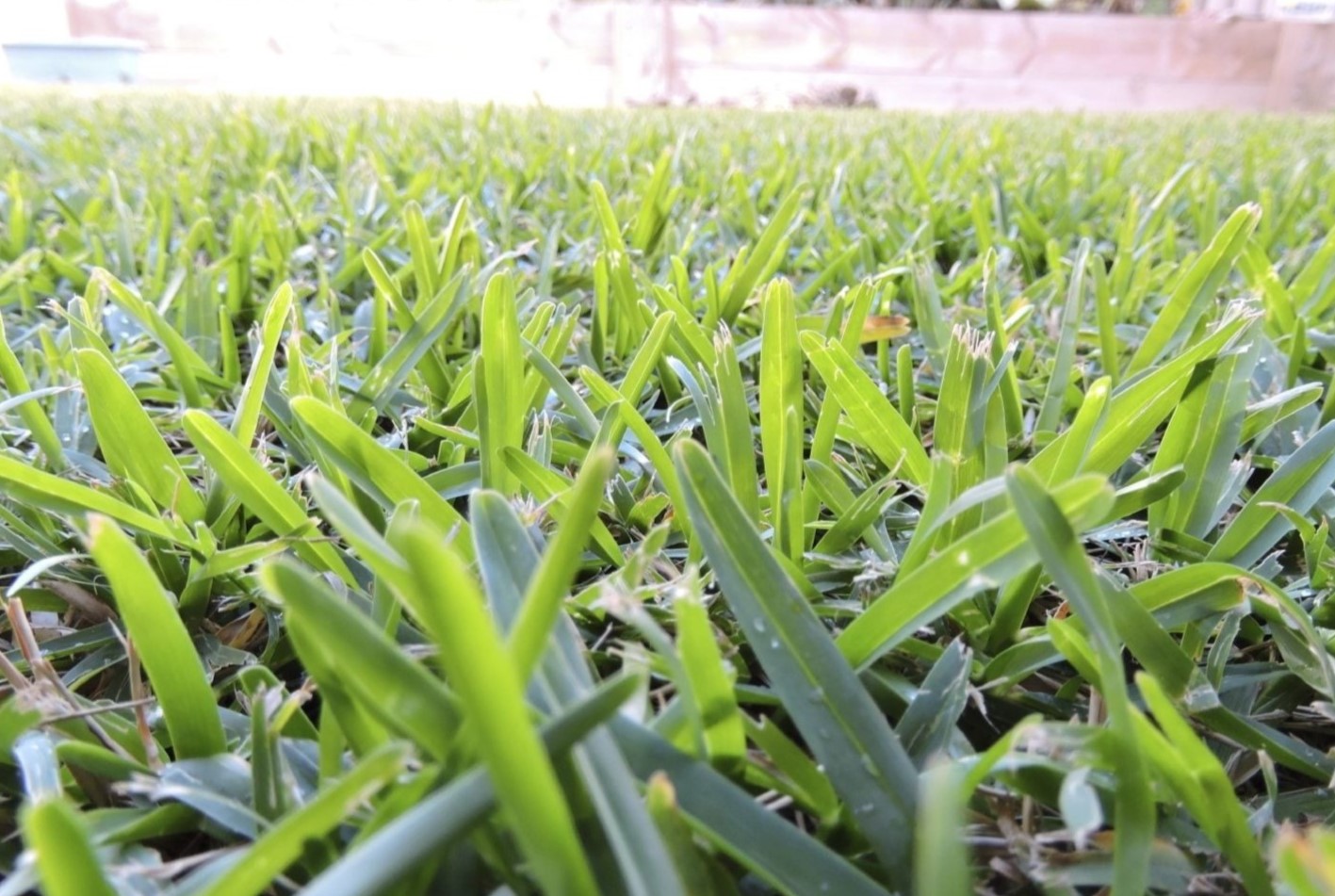
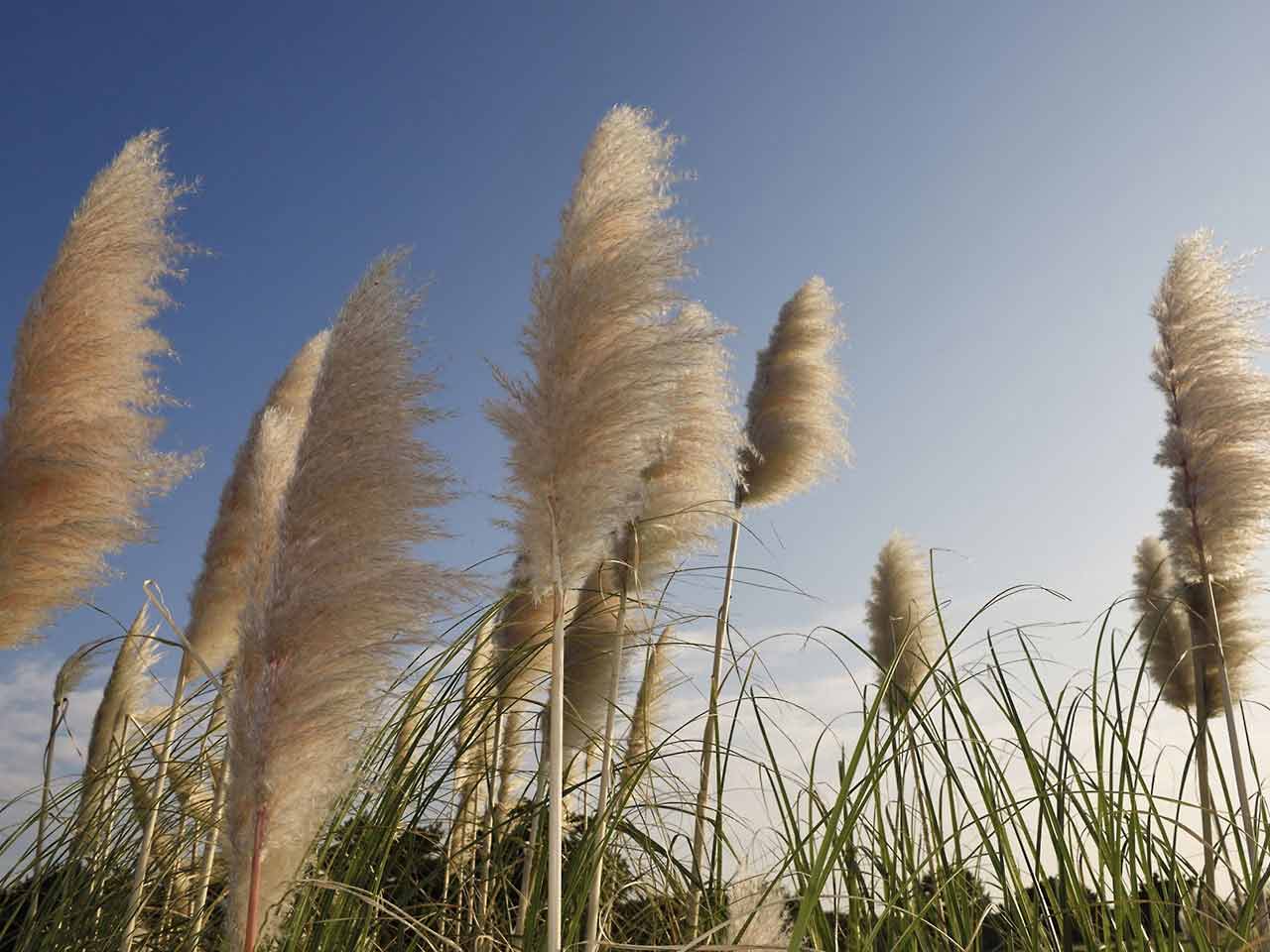
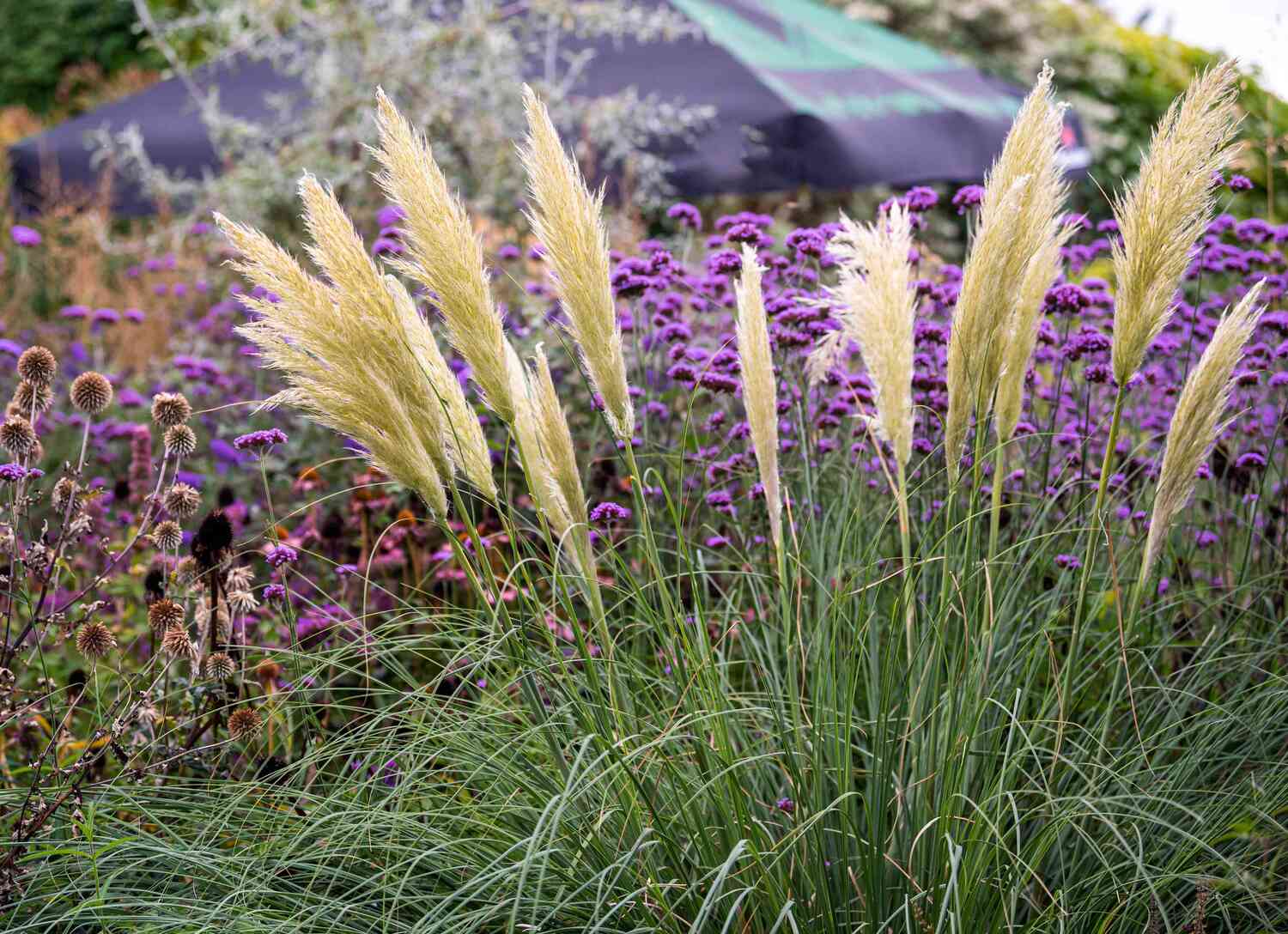
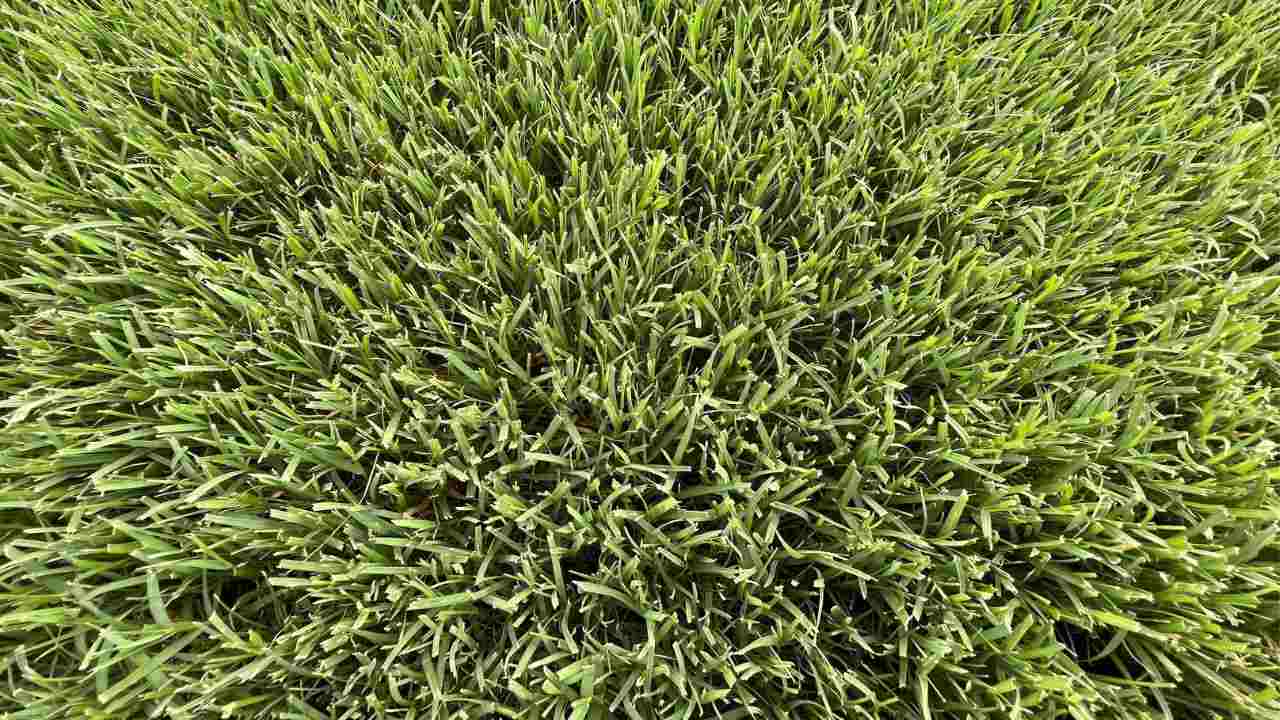
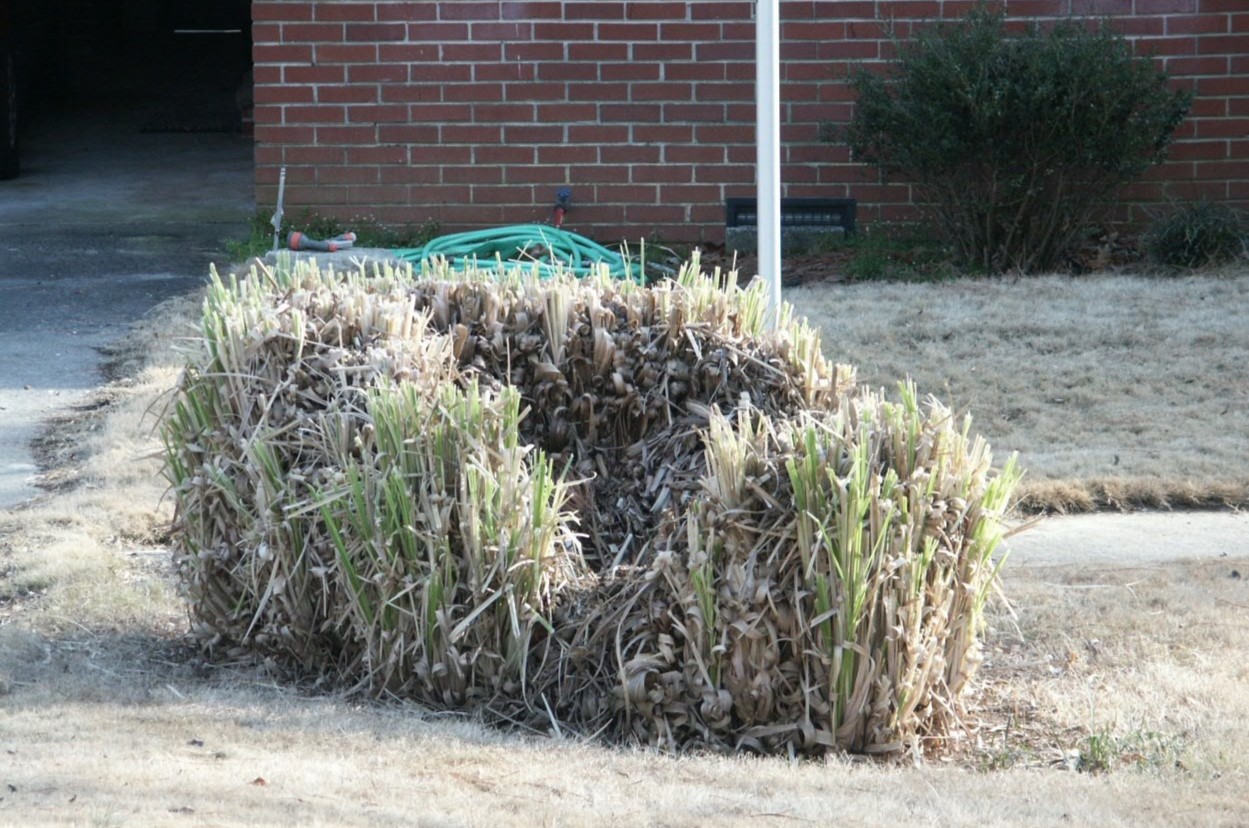


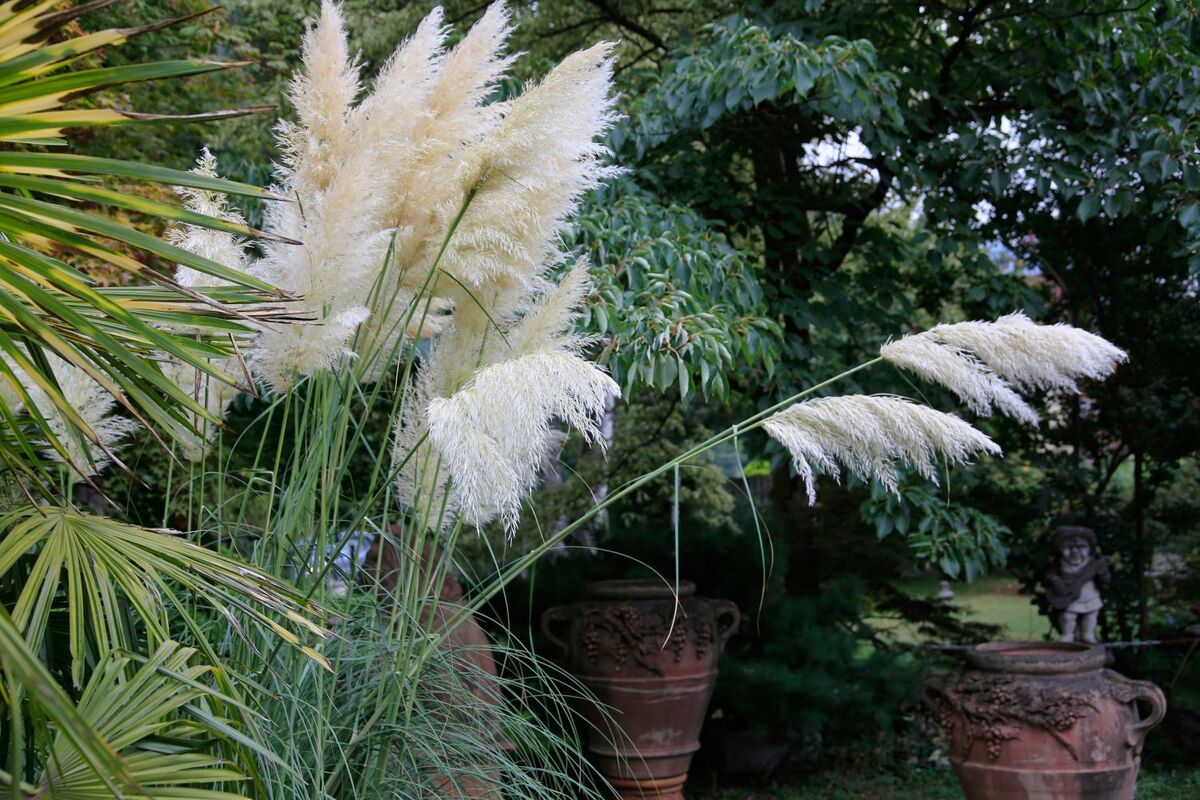
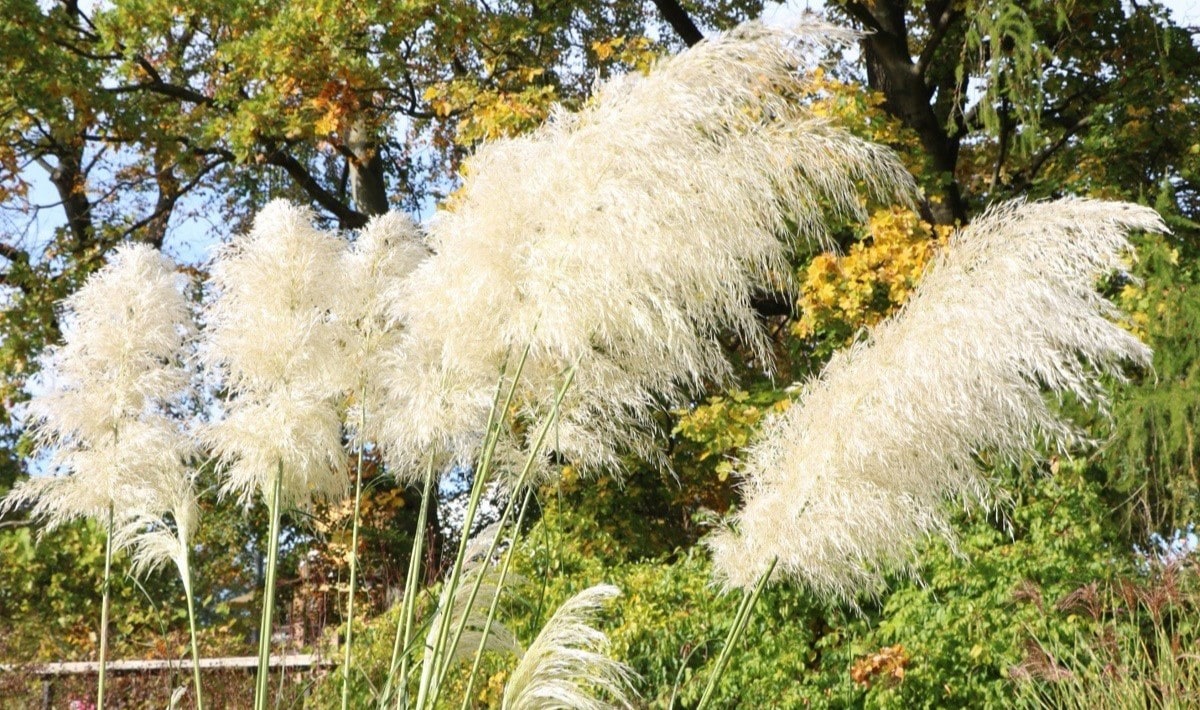
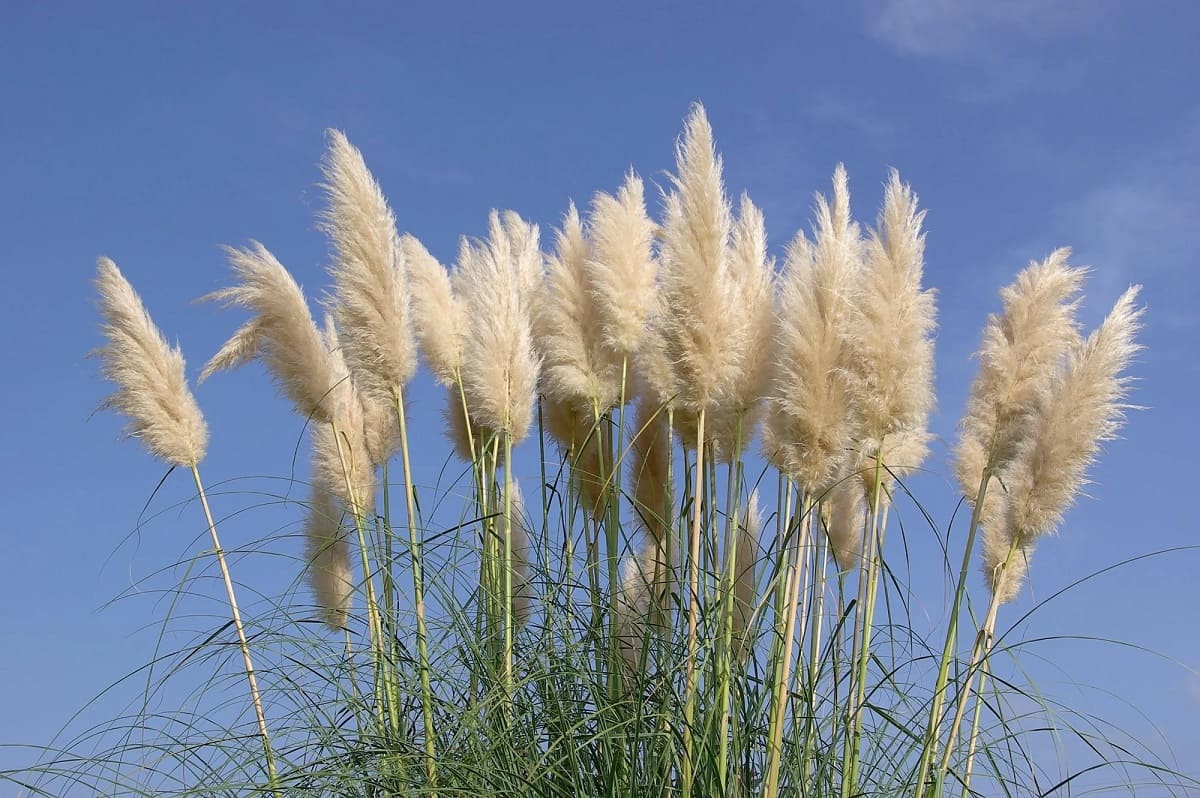

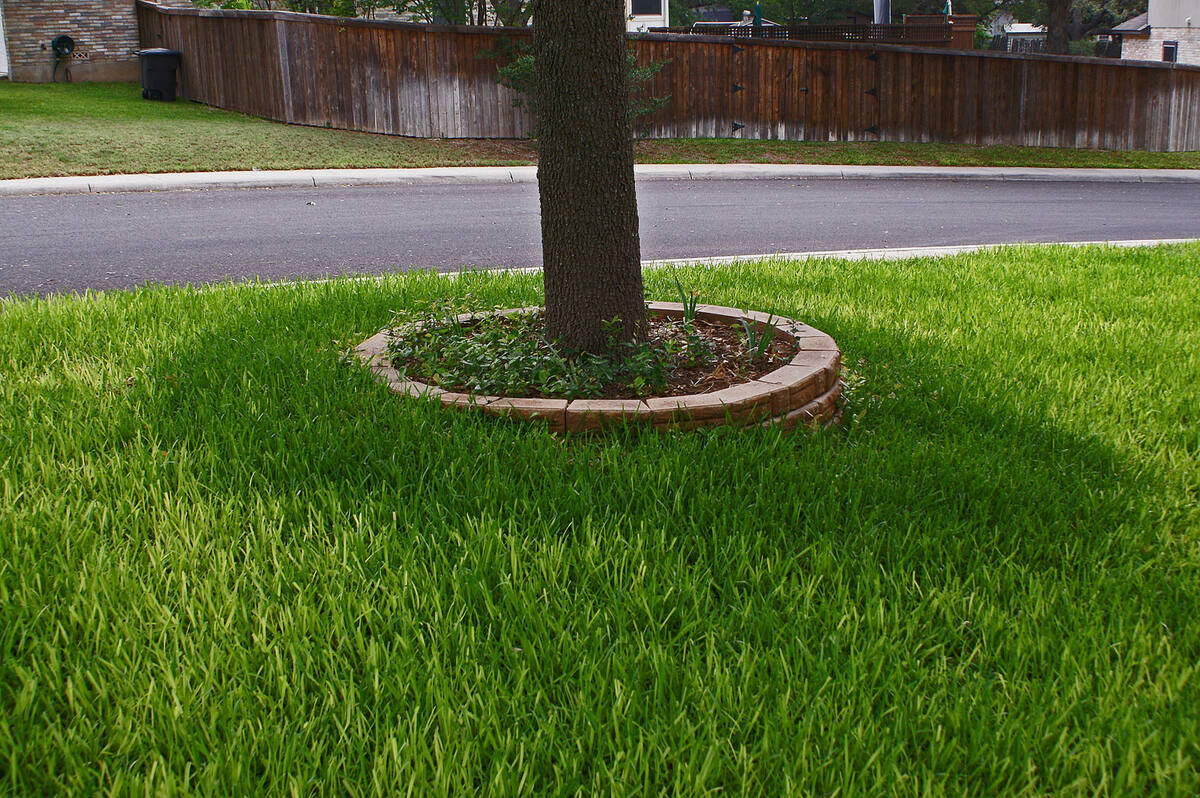

0 thoughts on “How Does Pampas Grass Spread”